I’ve seen a lot of hate on for pectin from scratch foodies and organivores because they think pectin is an unnatural product. This is absolutely not true.
Pectin is a polysaccharide and water-soluble fiber that is part of plants’ cell walls. It occurs naturally in many fruits, especially apples and citrus. Extracted pectin is used as a thickening agent in jams and jellies since it forms a very thick, clear, shiny gel in the presence of sugar and acid.
“Okay,” you might say. “But I don’t like the powdery stuff. I don’t know what’s in it.”
Well fear not, my friends! It is apple harvesting season, and I will show you how to make your very own apple pectin.
If you’re busy making lots of apple pies, sauce, and apple butters like I am, then you’ll be even more pleased to know that you can make pectin from apple scraps and cores. You, too, can be the Diva of Apple Efficiency.
What you should know up front:
Your homemade apple pectin is not going to be like the factory-produced powder stuff. It will be a liquid. It will not be uniform in taste and behaviour from batch to batch. And depending on what you’ve used to make it, what fruit you’re adding it to, how hard a set you like and how long it’s boiled, homemade pectin will require a little knowledge of a jam’s set-signs, flexibility, and experimentation in small batches to adjust your old recipes.
Oh, there will also be some math involved. This is a good time to teach your kids about ratios.
What do you need?
Glad you asked! A big pot. A little water. And apples! Lots of apples (organic if you can swing it, of course).
Now here’s the thing: Pectin levels in apples can vary considerably from part to part, unripe to ripe, type to type, and tree to tree. You don’t want to use ripe or overripe sweet varieties for making pectin. What you do want is any of the following: crab apples; small, unripe or under-ripe apples that have fallen early; really tart apples; or scraps including cores, seeds, and peels. These items have the highest pectin content.
If you are using a lot of scraps and cores, throw in a few sliced up (mostly) whole “reject” apples or a couple of granny smith. It will make the pectin taste better than if you use just peels and cores alone.
Right! Let’s make pectin:
- Quarter any whole apples and put them and your scraps in a large stock pot. Fill with just enough water to cover.
- Bring the pot to a high boil and reduce to a simmer, uncovered. Stir periodically. You want to keep going until the cores are mushy. You should be able to mash them against the side of the pot with a spoon. This stage can take a minimum of an hour but probably more like two to three hours.
- Prepare your sieve and receptacle. This will look either like a bucket or a bin with an old t-shirt fastened to the top as a strainer or like a colander lined with several layers of cheesecloth sitting on top of your bucket or bin. Sterilize the cheesecloth or shirt by boiling it or pouring boiling water through it ahead of time.
- Remove the mashed apple mixture from heat. If you’re pouring into a plastic bucket or container, make sure the mixture has cooled enough so that you don’t melt your container. Pour the apple mush into your sieve and cover to keep curious kids/animals/bugs out.
- Wait for the slimy liquid to drip out. This is your pectin! This will take anywhere from a couple of hours to overnight. Don’t force the liquid out by pushing it because you’ll force some of the fiber through your sieve, and then your pectin will be extra cloudy and carry more apple fiber into your end product.
- When the draining is done, dispose of the pulp. Compost it, feed it to your animals, whatevs.
- Test your pectin using rubbing alcohol (See “The pectin test” below).
- If your pectin fails the alcohol test below, transfer your pectin stock to a clean pot and bring it back up to a boil. The goal here is to reduce the pectin so that it’s concentrated enough to use. Test your pectin periodically using the alcohol test.
- When the pectin is ready, you can refrigerate it until use, preserve it by water-bath canning for ten minutes, or freeze it for up to one year.
The Pectin Test (AKA – when is it done?)
If you’re using lots of whole apples, you may need to reduce the liquid up to 50 percent or more. If you’re producing from mostly peels and cores, you may find that you don’t have to do any additional reduction at all.
Fortunately, there’s an easy way to test your pectin by using rubbing alcohol.
Pour a little pectin into a bowl and chill it—this will not work with hot pectin. Pour rubbing alcohol (70 percent isopropyl) into another bowl then pour the cold pectin into the alcohol. Finished pectin will congeal in the alcohol within a few seconds and will produce a solid blob that can be removed with a fork.
Do not eat or drink the tested pectin or the contents of the bowl. Dispose of it safely.
Your pectin’s color is not an indicator of doneness but rather of the source of the pectin and how much it is reacting to its environment (mostly the pot and applied heat). I have found that my pectin reacts when heated in certain metal pans and will turn a pink or a pinkish brown. If I reheat it in my stockpot or my glassware, it stays a shade between pale lemony yellow and yellow-pink.
How do I use this stuff?
There are few hard and fast rules and ratios when making jam with homemade pectin. They’re more like rules of thumb. You’re going to have to experiment in scale depending on the quality of your pectin, the hardness of your desired set, and the type of fruit you’re making jam from.
The one important rule for homemade pectin is to add it at the beginning of your cook with some lemon juice, usually at least 2 or 3 tablespoons per batch. The sugar is best added after you’ve hit a boil and the fruit has softened to your preference.
You will want to start with a minimum of 4 tablespoons of pectin per cup of fruit or fruit juice (for a loose set and/or naturally high-pectin fruits) and work your way up to a full cup of pectin per cup of fruit (for a hard set and/or low-pectin fruits).
Keep track of the amount of pectin you’ve used. The final ratio of pectin to sugar needs to fall between 1:1 and 5:7, depending on the amount of pectin already in what you’re making and how hard you want your set to be. Most complaints I’ve seen about homemade pectin not setting properly involve people using more pectin than sugar. If your fruit is naturally high pectin, opt for the 5:7 ratio.
As your fruit syrup thickens, test the gel by looking for spoon-sheeting and by pouring onto a cold saucer. The finished product will be glossy and thick. Depending on your desired set, it either will wrinkle when you touch it after a few minutes’ rest (hard set) or, if you run your finger through it, it will be slow or fail to refill the space you left behind (loose set).
Practice with small batches first:
If your jam is too thick, try adding boiled apple or white grape juice gradually until you reach your desired consistency, then proceed with the canning process. If your jam doesn’t set at all, a failed set may be salvageable. There are only three factors involved—pectin, sugar, and acid—so try a little more lemon juice or sugar.
If your jam fails completely to set, declare it syrup (as Mother Nature intended it to be) and proudly serve it over pancakes!

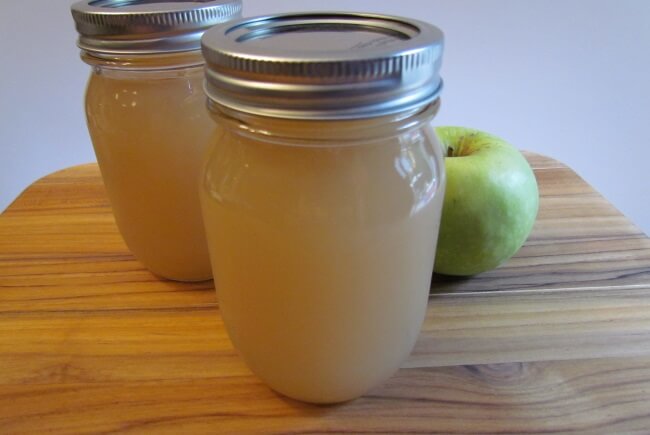
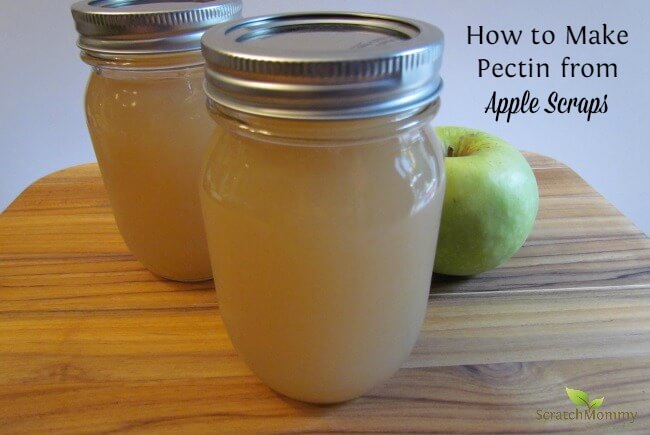
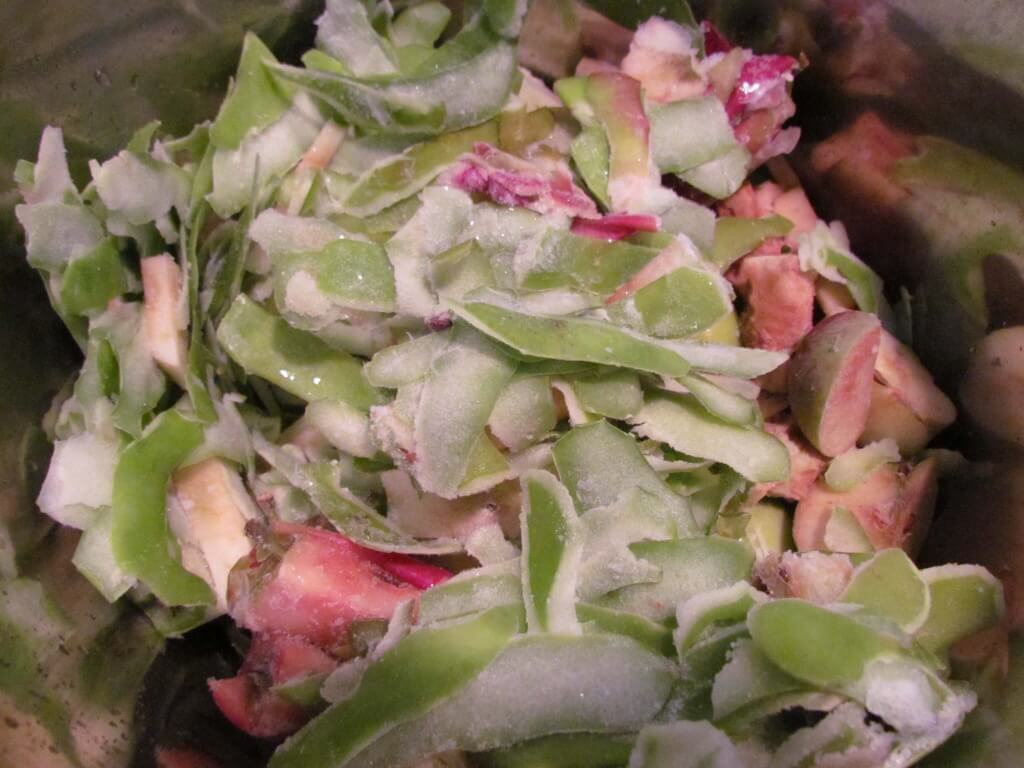
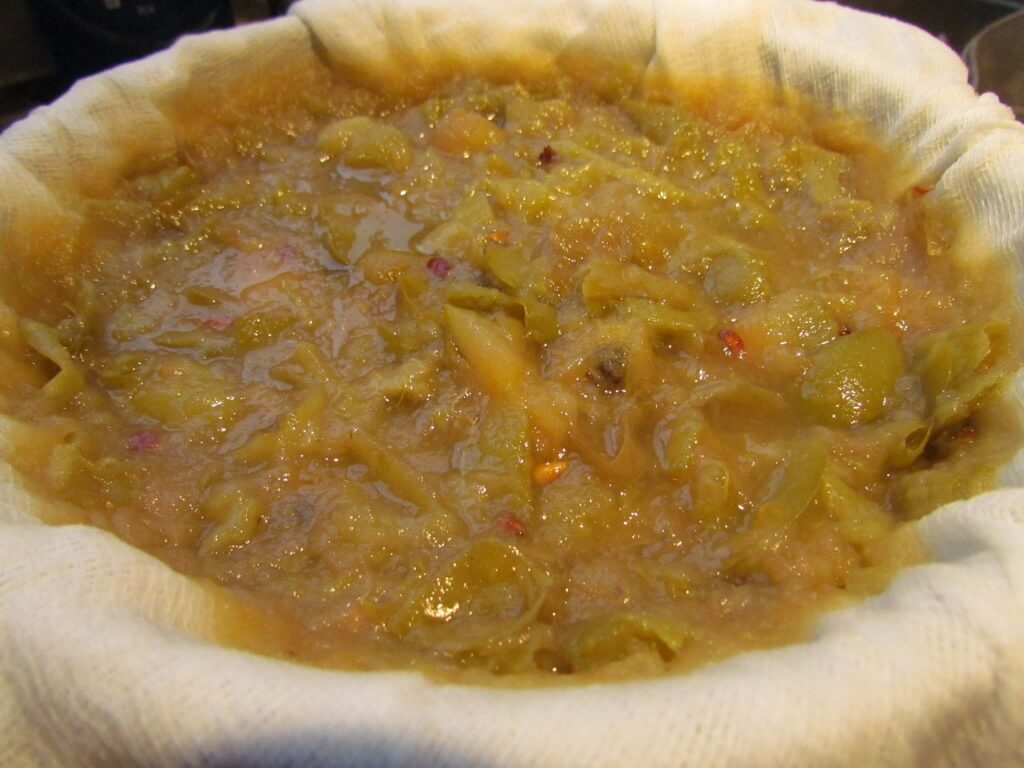
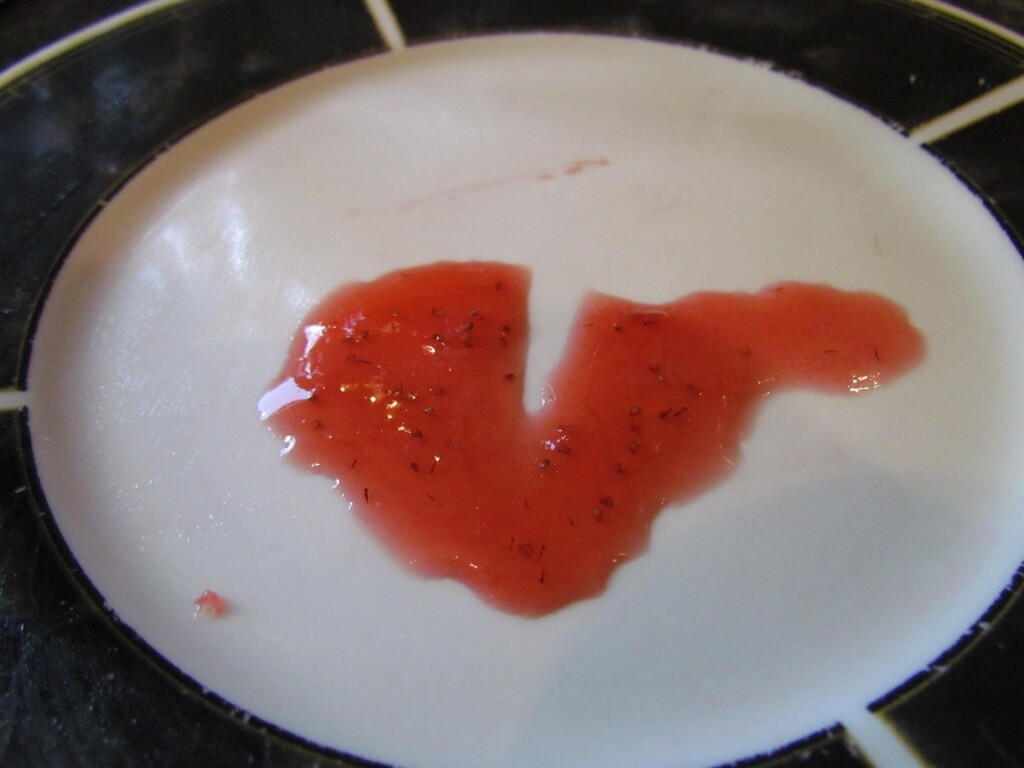
Comments 3
I tried making my pectin with apple scraps (without using whole apples) but it didn’t work. The only time it worked was when I used green granny smith apples in the actual jam. I will have to go back and read how you did it.
Author
Hi Anna! Did the pectin test well during the alcohol test? If you weren’t getting a good blob during the alcohol test, you need to reduce the liquid further. If you were just having trouble getting the jam to set, you may not have enough pectin per cups of fruit, or had enough acid or sugar to gel the pectin (see ratio rules of thumb).
Great article! I remember the first time I ever made jelly, when I was about 8 or 10. I decided to use apples, and only apples from our sour apple tree. My grandma helped with directions. I must have hit the perfect ration of lemon, sugar and apples, because when it was done, I couldn’t get the big jelly spoon out – the jelly was so hard, the spoon stood straight up and wouldn’t budge!